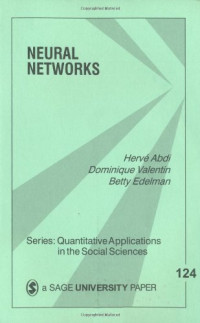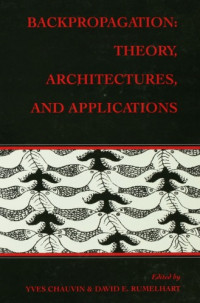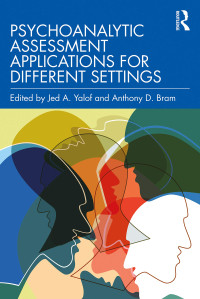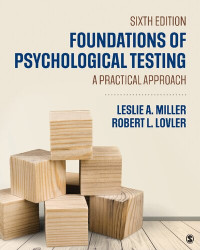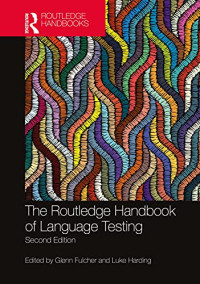
Connectionism: A Hands-On Approach
Michael R. W. Dawson(auth.)
Connectionism is a “hands on” introduction to connectionist modeling through practical exercises in different types of connectionist architectures.
explores three different types of connectionist architectures – distributed associative memory, perceptron, and multilayer perceptron
provides a brief overview of each architecture, a detailed introduction on how to use a program to explore this network, and a series of practical exercises that are designed to highlight the advantages, and disadvantages, of each
accompanied by a website at http://www.bcp.psych.ualberta.ca/~mike/Book3/ that includes practice exercises and software, as well as the files and blank exercise sheets required for performing the exercises
designed to be used as a stand-alone volume or alongside Minds and Machines: Connectionism and Psychological Modeling (by Michael R.W. Dawson, Blackwell 2004) Content:
Chapter 1 Hands?On Connectionism (pages 1–4):
Chapter 2 The Distributed Associative Memory (pages 5–8):
Chapter 3 The James Program (pages 9–21):
Chapter 4 Introducing Hebb Learning (pages 22–29):
Chapter 5 Limitations of Hebb Learning (pages 30–36):
Chapter 6 Introducing the Delta Rule (pages 38–40):
Chapter 7 Distributed Networks and Human Memory (pages 41–45):
Chapter 8 Limitations of Delta Rule Learning (pages 46–47):
Chapter 9 The Perceptron (pages 49–57):
Chapter 10 The Rosenblatt Program (pages 58–71):
Chapter 11 Perceptrons and Logic Gates (pages 72–80):
Chapter 12 Performing More Logic with Perceptrons (pages 81–85):
Chapter 13 Value Units and Linear Nonseparability (pages 87–90):
Chapter 14 Network by Problem Type Interactions (pages 91–93):
Chapter 15 Perceptrons and Generalization (pages 94–98):
Chapter 16 Animal Learning Theory and Perceptrons (pages 99–107):
Chapter 17 The Multilayer Perceptron (pages 108–113):
Chapter 18 The Rumelhart Program (pages 114–128):
Chapter 19 Beyond the Perceptron's Limits (pages 129–132):
Chapter 20 Symmetry as a Second Case Study (pages 133–136):
Chapter 21 How Many Hidden Units? (pages 137–144):
Chapter 22 Scaling Up with the Parity Problem (pages 145–150):
Chapter 23 Selectionism and Parity (pages 151–156):
Chapter 24 Interpreting a Small Network (pages 157–162):
Chapter 25 Interpreting Networks of Value Units (pages 163–173):
Chapter 26 Interpreting Distributed Representations (pages 174–182):
Chapter 27 Creating Your Own Training Sets (pages 183–187):
Chapter 1 Hands?On Connectionism (pages 1–4):
Chapter 2 The Distributed Associative Memory (pages 5–8):
Chapter 3 The James Program (pages 9–21):
Chapter 4 Introducing Hebb Learning (pages 22–29):
Chapter 5 Limitations of Hebb Learning (pages 30–36):
Chapter 6 Introducing the Delta Rule (pages 38–40):
Chapter 7 Distributed Networks and Human Memory (pages 41–45):
Chapter 8 Limitations of Delta Rule Learning (pages 46–47):
Chapter 9 The Perceptron (pages 49–57):
Chapter 10 The Rosenblatt Program (pages 58–71):
Chapter 11 Perceptrons and Logic Gates (pages 72–80):
Chapter 12 Performing More Logic with Perceptrons (pages 81–85):
Chapter 13 Value Units and Linear Nonseparability (pages 87–90):
Chapter 14 Network by Problem Type Interactions (pages 91–93):
Chapter 15 Perceptrons and Generalization (pages 94–98):
Chapter 16 Animal Learning Theory and Perceptrons (pages 99–107):
Chapter 17 The Multilayer Perceptron (pages 108–113):
Chapter 18 The Rumelhart Program (pages 114–128):
Chapter 19 Beyond the Perceptron's Limits (pages 129–132):
Chapter 20 Symmetry as a Second Case Study (pages 133–136):
Chapter 21 How Many Hidden Units? (pages 137–144):
Chapter 22 Scaling Up with the Parity Problem (pages 145–150):
Chapter 23 Selectionism and Parity (pages 151–156):
Chapter 24 Interpreting a Small Network (pages 157–162):
Chapter 25 Interpreting Networks of Value Units (pages 163–173):
Chapter 26 Interpreting Distributed Representations (pages 174–182):
Chapter 27 Creating Your Own Training Sets (pages 183–187):
سب زمرہ:
سال:
2005
ناشر کتب:
Wiley-Blackwell
زبان:
english
صفحات:
207
ISBN 10:
1405130741
ISBN 13:
9781405130745
فائل:
PDF, 2.89 MB
IPFS:
,
english, 2005
 Amazon
Amazon  Barnes & Noble
Barnes & Noble  Bookshop.org
Bookshop.org  فائل کنورٹر
فائل کنورٹر مزید تلاش کے نتائج
مزید تلاش کے نتائج دیگر فوائد
دیگر فوائد 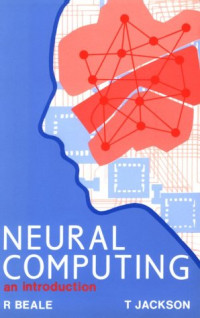
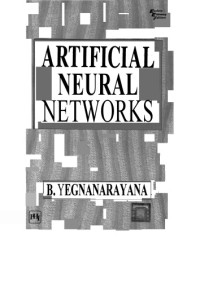
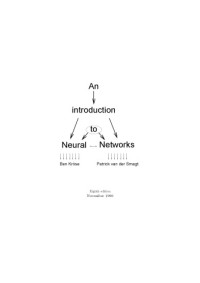


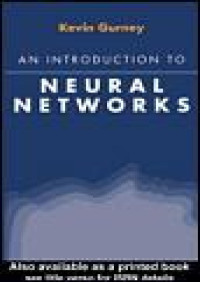

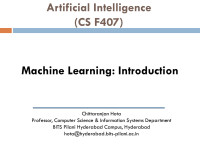



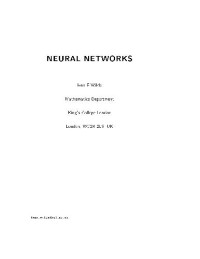
![Pollack J. — Connectionism - Past, Present, and Future [jnl article]](https://s3proxy.cdn-zlib.se/covers200/collections/genesis/2ce010a8bd3d26b1a108154d34a8ee00bf9ad51c47a786a266f5d497d7a67792.jpg)
![Hasanraza Ansari — Artificial Neural Network [Learn About Electronics]](https://s3proxy.cdn-zlib.se/covers200/collections/genesis/42ab22be2efba2b5eb964877f9f522c84852ac01ad018ec113c2b7e8cded4b3c.jpg)
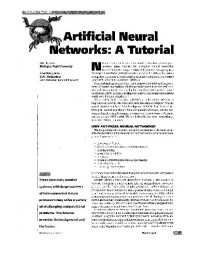
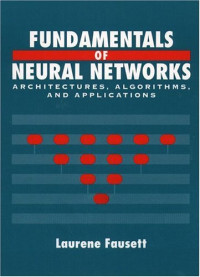


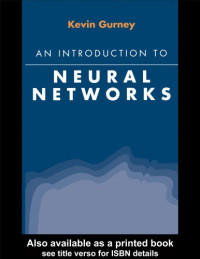



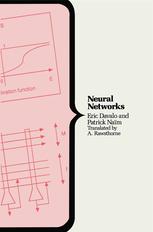
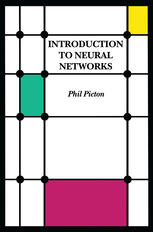

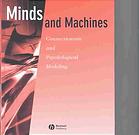
![Jacek M. Zurada [Zurada, Jacek M.] — Introduction to Artificial Neural Systems](https://s3proxy.cdn-zlib.se/covers200/collections/userbooks/48c3e92ff4e01575a4ad761563275f1edd63a7581241e1cf1101b52d6736c38b.jpg)

